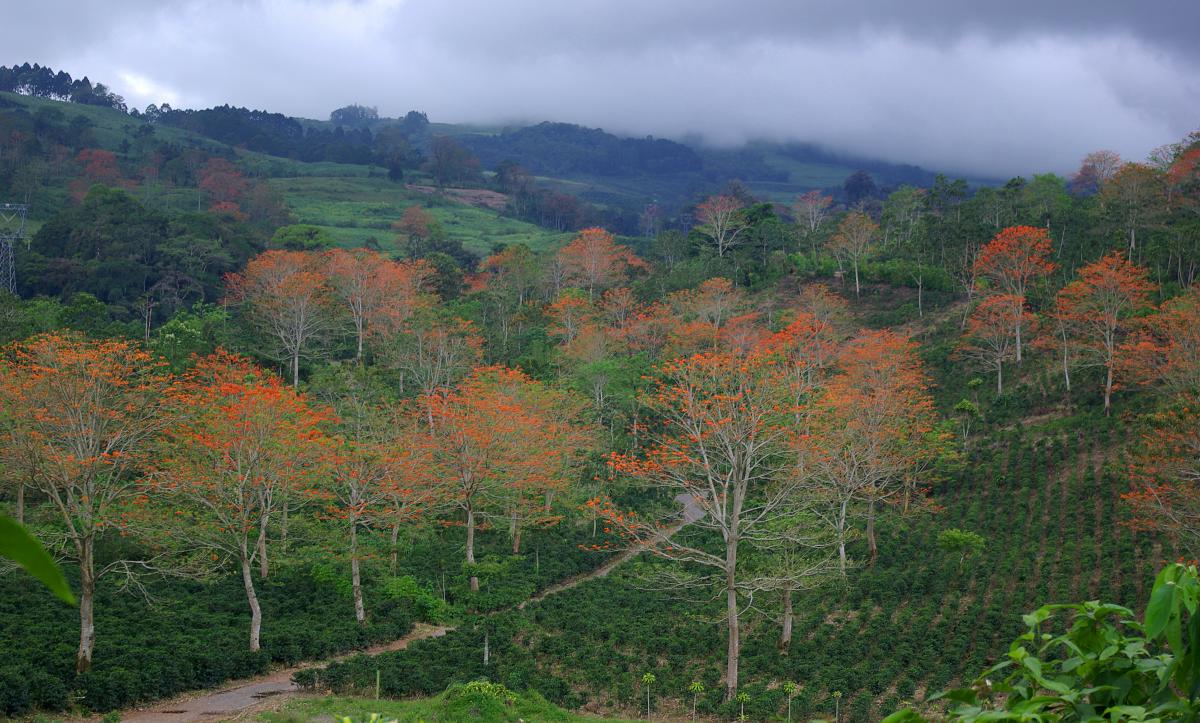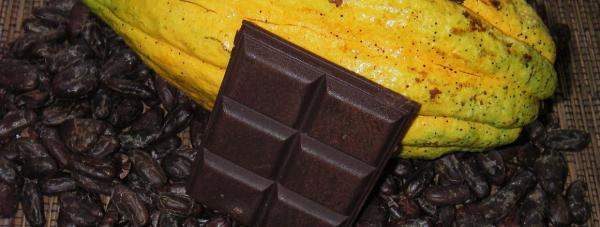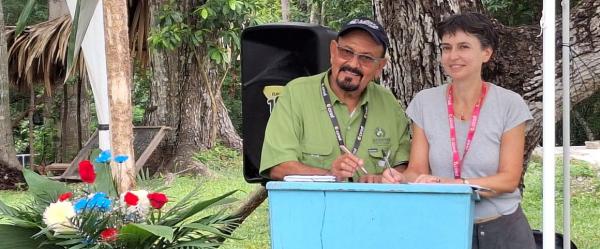Science at work 16 December 2025
- Home
- Press area
- Press releases
- modelling forecast coffee production agroforestry
DynACof offers quick and open source modelling of agroforestry coffee production

Coffee-based agroforestry plantation, Aquiares, Costa Rica © O. Roupsard, CIRAD
The new DynACof modelling tool was built thanks to more than ten years worth of data collected from the Coffee-Flux observatory at Aquiares Coffee Farm in Costa Rica by a team of researchers from CIRAD, CATIE*, the University of Costa Rica, ECOSUR** in Mexico and INRAE. The model, which strikes a balance between detail and speed, can be used to simulate the response of a coffee plantation according to various parameters such as CO2, temperature, rainfall and management. As a result, DynACof can not only predict the productivity of coffee plants, but also energy and water balance. This can be used for a whole range of coffee plantation types from agroforestry to "full sun" plantations.
A quick and detailed model
"DynACof is the only model for coffee capable of simulating precise biophysical processes such as light distribution in a plot. And this can be done without having to develop complex equations and with short calculation times," Rémi Vezy, a CIRAD researcher and the model's main developer, explains.
The researchers achieved this delicate balance between precision and speed by using “metamodels”. "This means we reduce a complex model to a single equation that is instantaneous in terms of calculation time," Vezy adds.
The complex model in this case is called MAESPA. "It is a 3D model suitable for describing complex agroforestry systems, and which takes into account spatial characteristics that are normally difficult to simulate in agroforestry canopies, such as canopy temperature and light interception," say CIRAD colleagues Guerric le Maire, who was involved in the development of MAESPA, and Olivier Roupsard, an ecophysiologist.
The model is currently parameterized to accurately simulate several ecosystem services for a site in Costa Rica, meaning its results are as yet only applicable to similar environments. DynACof has been released under an open source licence so that other research teams can use it for their own studies. It is hoped that, through this peer collaboration, DynACof will be developed further and potentially opened up to other geographical areas.
Users will be able to add additional shade species and management methods or add modules for nutrient cycling, soil respiration and pest or disease outbreaks. For example, the software already includes American leaf spot disease (Mycena citricolor ) and will soon also include coffee leaf rust disease through CIRAD's MiRoya model.
Cross-sector potential
In the medium term, the open source model could prove valuable to players across the coffee sector. "Farms will be able to use the model to plan plantations according to tree density, to adjust the frequency of interventions and human resources required, to estimate their water consumption, and so on," says Roupsard. DynACof could also be used by technical institutes, cooperatives or manufacturers, since the model can help predict production volumes and quality and evaluate ecosystem services. This could be of interest in relation to certification schemes such as the Rainforest Alliance.
In the longer term, the DynACof team hope to simulate how agroforestry might help adapt coffee plantations to climate change. Initial results of Rémi Vezy's PhD suggest that coffee production in Aquiares and Tarrazu in Costa Rica will be significantly impacted by rising temperatures. The results suggest that, by 2100, the Aquiares Coffee Farm will experience a steady decline in productivity. The farm is located in a low altitude, hot area, ie less than optimal conditions for growing coffee. In Tarrazu, a high altitude and therefore cooler area, productivity is expected to increase until 2050 before also declining. “These results need to be backed up," Vezy warns. “For the time being, we believe that agroforestry could help reduce the impact of rising temperatures, but not prevent long-term decline in productivity.”
Reference
Vezy R., le Maire G., Christina M., Georgiou S., Imbach P., Hidalgo H. G., Alfaro E. J., Blitz-Frayret C., Charbonnier F., Lehner P., Loustau D., Roupsard O., 2020. “DynACof: A process-based model to study growth, yield and ecosystem services of coffee agroforestry systems” Environmental Modelling and Software
** ECOSUR, the Southern Border College, is a Mexican research centre and member of the National Council of Science and Technology (CONACYT). Its work aims to contribute to the sustainable development of the southern border of Mexico, Central America and the Caribbean.



























